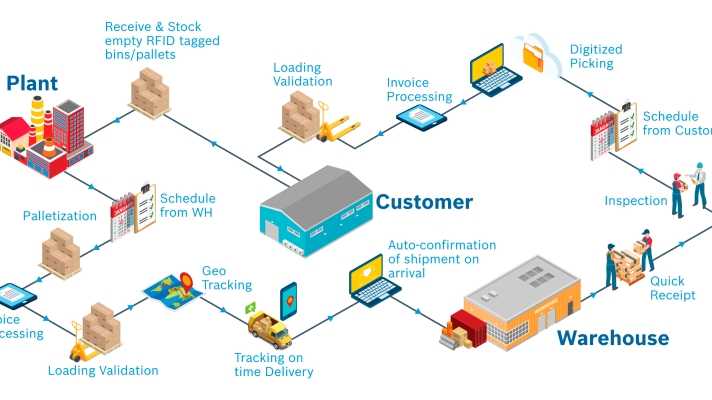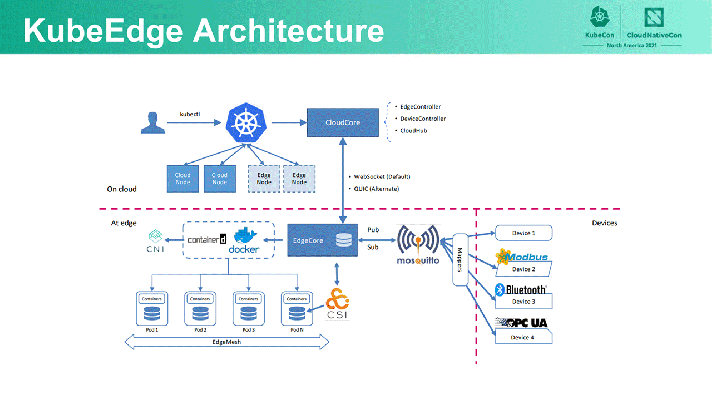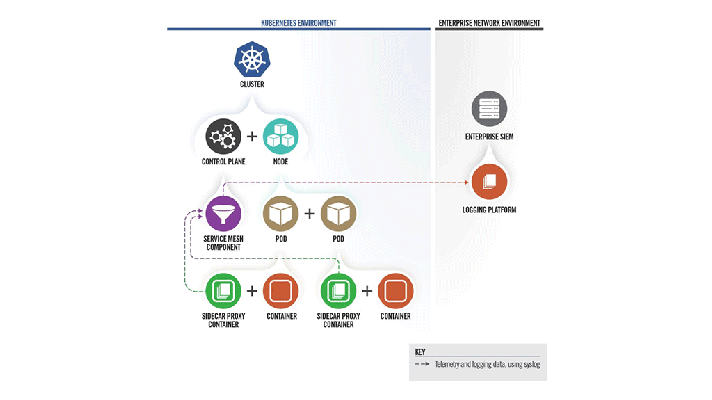2016–2017 Trends: Smart Cities
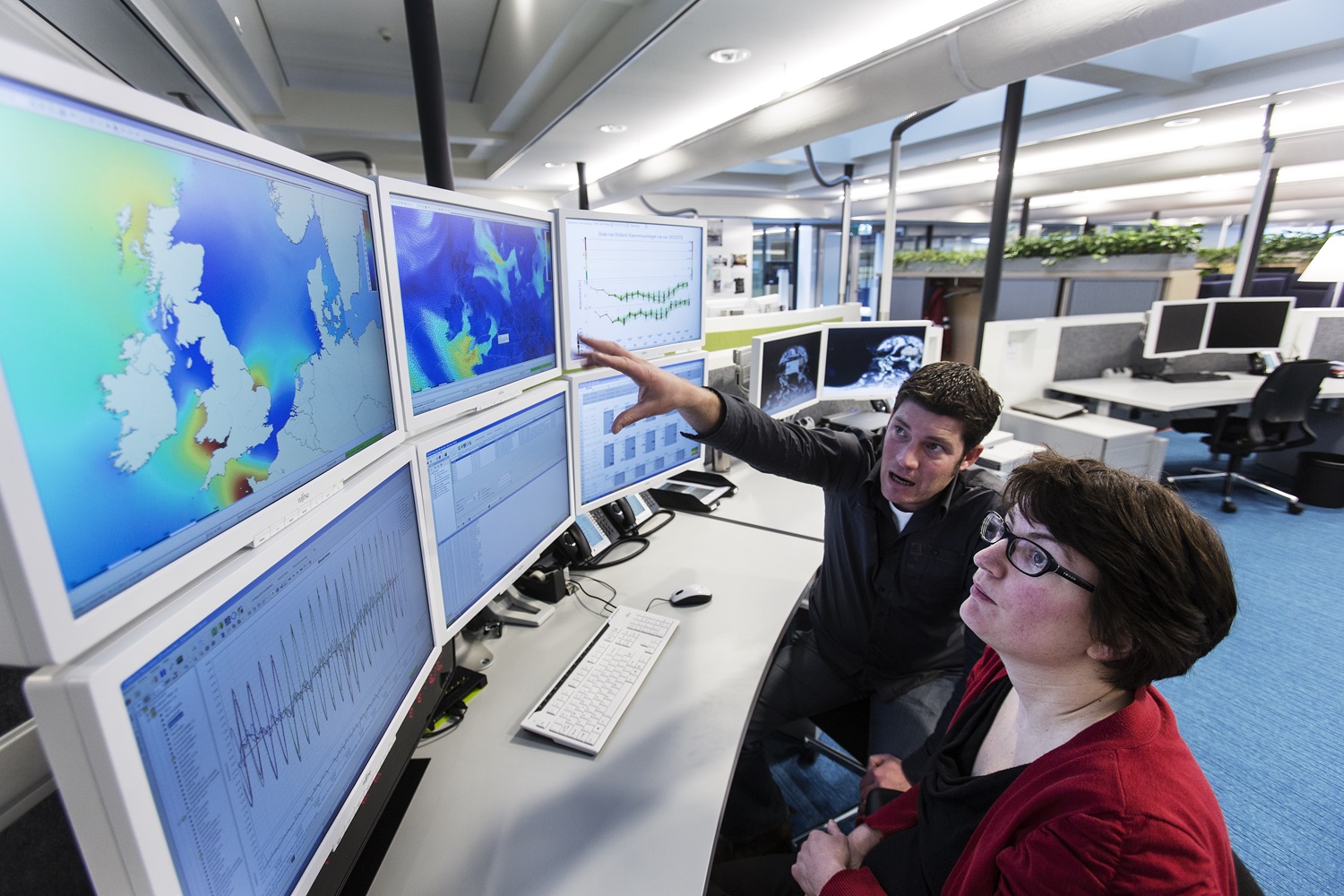
All Trends | A “Varietal Cloud” and PaaS | Neo-AI and Neo-Luddism |
Blockchain | Smart Cities | Industry 4.0 | Open Source
Trend #4: Smart Cities
More of a populist political movement than a particular technology, the Smart Cities trend is number 4 on my Top 10 list of IT trends for 2016–2017. It can incorporate technologies such as PaaS and artificial intelligence, and is ultimately an Internet of Things (IoT) play.
What makes a city smart? According to a Seattle-based Smart Cities Council, a Smart City “uses information and communications technology to enhance its livability, workability, and sustainability.” In this spirit, Smart City projects encompass many things, ranging from modest smart benches in U.S. to a full-scale data gathering and analysis being conducted in the Smart City and Nation of Singapore.
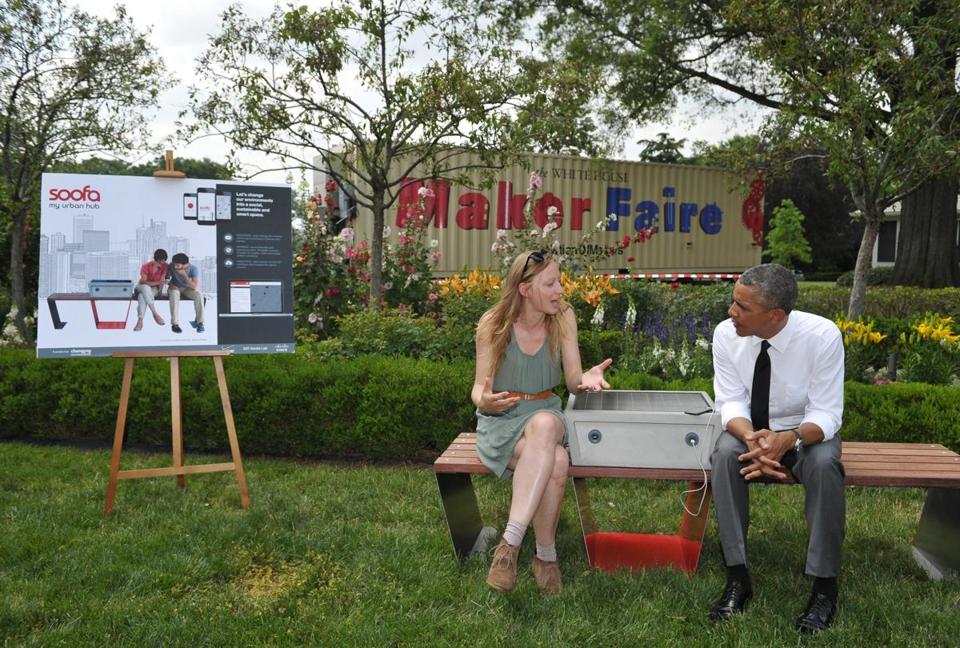 The Soofa smart bench (Image credit)
The Soofa smart bench (Image credit)Smart Cities Council has created a Smart Cities Readiness Guide that outlines a uniform approach to developing Smart City projects. In the first step, the guide refers to smart devices (i.e., sensors and meters) that measure utility usages, traffic flows and conditions, and the locations of city buses via GPS data. Mobile phone carried around by people can also add to the data flow and collection.
As the guide notes, “a smart city, then, is one that knows about itself and makes itself more known to its populace,” whether informing city employees about the progress of garbage trucks or informing everyone about traffic congestion or water main leaks.
Crunching the data is done for three purposes, according to the guide: presenting, perfecting, and predicting. Indeed, predictive analytics is an enterprise IT trend in itself, something we’ve written about extensively over the past year. The guide mentions a “virtuous cycle wherein data is made useful, people make use of that data to improve decisions and behavior, which in turn means more and better data is collected, thereby further improving decisions and behavior.”
Examples of sensor data usage include:
- balancing electricity supply and demand
- monitoring all aspects of an emergency situation
- better synchronizing traffic
- optimizing energy use (a big topic in its own right)
- balancing traditional and renewable power sources
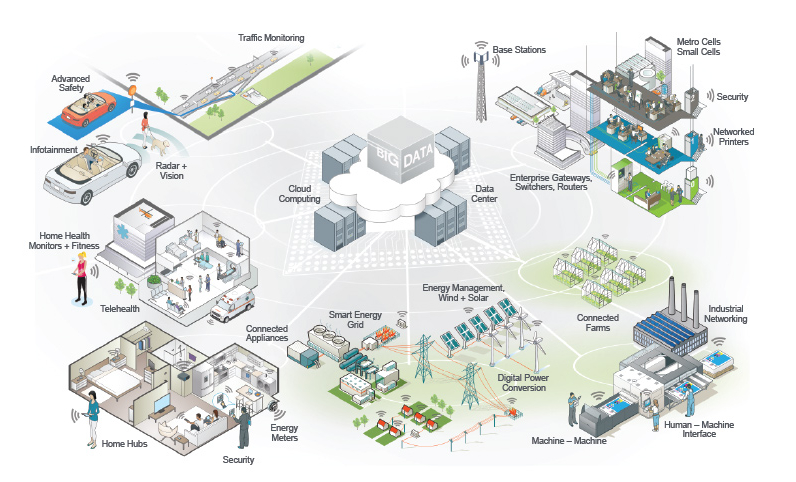 Image credit
Image credit
From smart benches to smart nation
So, is the Smart City designation something of value? Or is its perceived worth diluted by such a low bar easily met?
My view is that it does have value. Widespread use and a low bar encourages wide participation. Conveniences like the Boston smart benches or services like smart parking meters in many cities can add a little civility to urban life while adding direct value to the cities.
On a larger scale, smart electricity grids are not only more efficient for developed nations, but address an enormous issue in the developing world. Developing nations use only 3 to 5% per person of the electricity used in the developed world. It’s physically impossible to bring the entire world up to developed standards without dramatic new efficiencies in per-person use of electricity. Smart grids bring some hope to meeting this challenge.
We should worry, of course, about having all the new data being collected by governments used as tools against citizens to control them, rather than as mines of insight to improve things. Such Orwellian perniciousness is a feature of modern life in the most democratic of places, let alone those with dictators in power.
Chicago is my kind of a smart town
A nice example of the Smart City strategy is provided by the City of Chicago (which happens to be the center of the metro area in which I currently live). The city has developed what it calls an Array of Things, designed as a “fitness tracker” for the city, according to the Smart Chicago Collaborative. The Array focuses on:
- preventing urban flooding
- improving traffic safety and air quality
- assessing the nature and impact of climate change
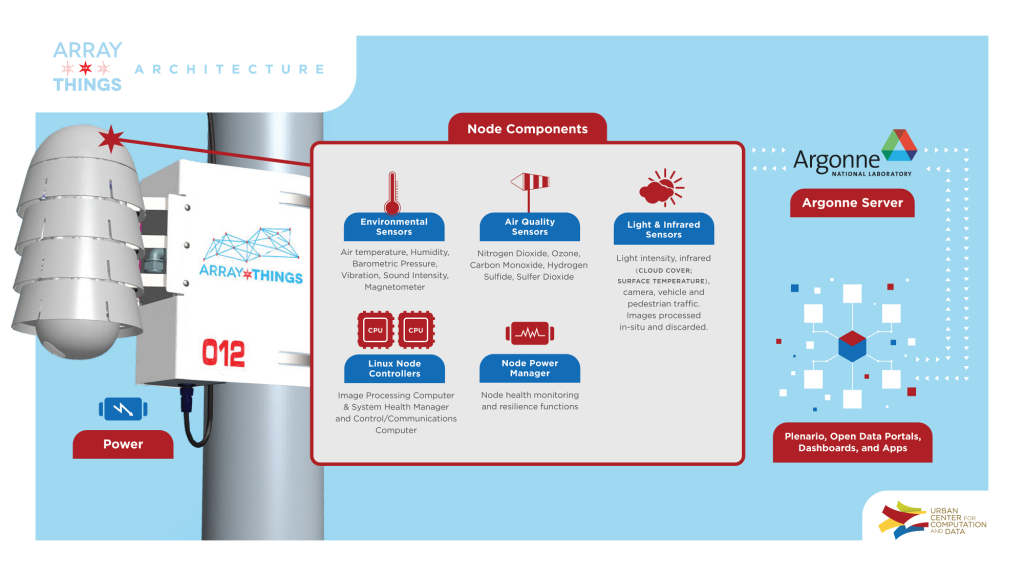 Image credit
Image creditIts first phase involved 50 sensor-filled nodes installed on traffic poles in various parts of the city to measure: air and surface temperature, barometric pressure, light, vibration, carbon monoxide, nitrogen dioxide, sulfur dioxide, ozone, ambient sound intensity, etc.
“Two cameras will collect data on vehicle and foot traffic, standing water, sky color, and cloud cover,” according to the Collaborative.
The challenges facing Chicago have inspired the development and location there of a Smart Cities organization called the Urban Center for Computation and Data, which addresses issues expected to arise as the world’s urban areas double in population to more than 5 billion people over the next half century. “This massive growth in urban density and scale will compound ongoing city challenges related to climate change, energy, infrastructure, and public health,” according to the Center.
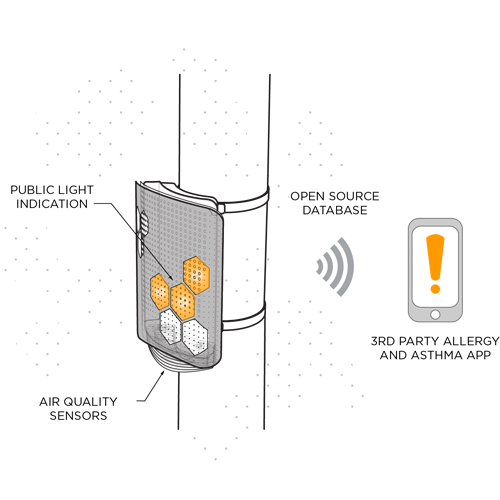 Sensors for alerting about the danger of allergy/asthma (Image credit)
Sensors for alerting about the danger of allergy/asthma (Image credit)
Transforming the globe
A few short takes on some of the other initiatives around the world gives an idea of the diversity of ideas being developed.
Cape Town. This city is using software from Microsoft to transform its infrastructure with a private cloud to standardize service delivery to all constituents. Cape Town engages its citizens through an eGovernment portal that’s chartered to take a “people first” approach. For example, the city works with local startup WhereIsMyTransport to let people access transit information. Inquiry data is stored for analysis to design future transit services and infrastructure improvements.
Rio de Janeiro. Working with IBM, the Brazilian city collects information from 30 different city departments about transportation, water, energy, weather, and other conditions. Data flows to a unified control center to get a current picture and to work on predicting flood conditions.
The Netherlands. The Dutch Government is using Cloud Foundry as the platform in a Smart Cities project called the SAM alert system. It handles hundreds of alerts per day, everything from “there are ducks in the road to the operating hours of specific locks to accommodating new agency employees,” according to government spokesperson Bas Van Essen. Many other initiatives include efficient water management, building energy-neutral infrastructure, etc.
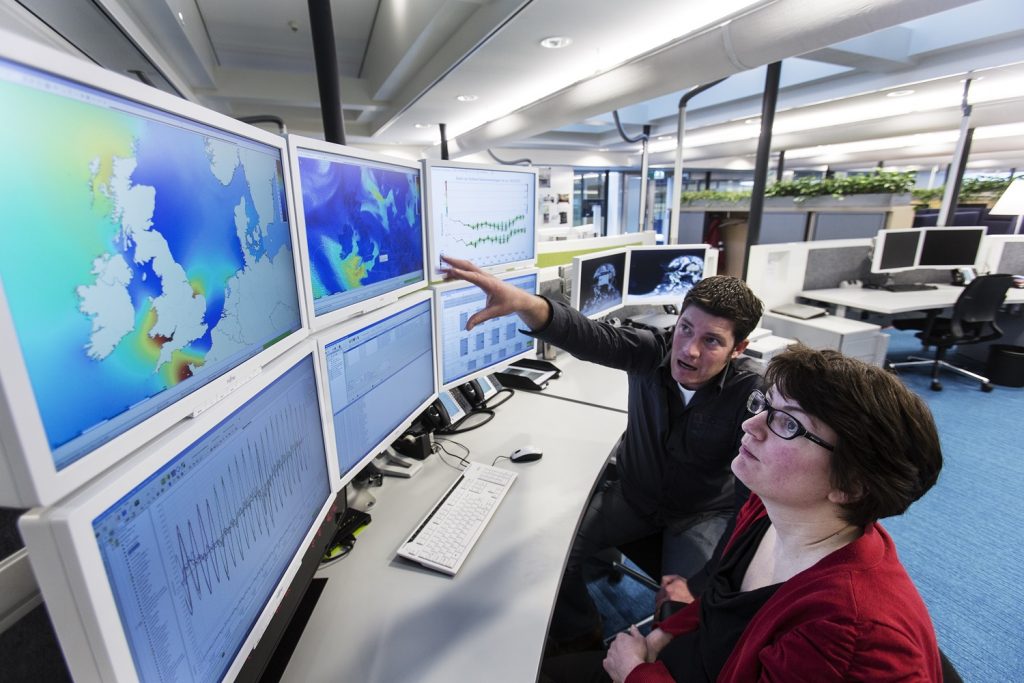 The Rijkswaterstaat agency at work (Image credit)
The Rijkswaterstaat agency at work (Image credit)Dubai. This Gulf state is developing a Smart City strategy that focuses on traffic management, in a city that’s experiencing rapid growth in its population and the number of annual visitors. There are many other smart projects considered, combining “green IT,” smart homes/offices, connected hospitals, e-government, etc.
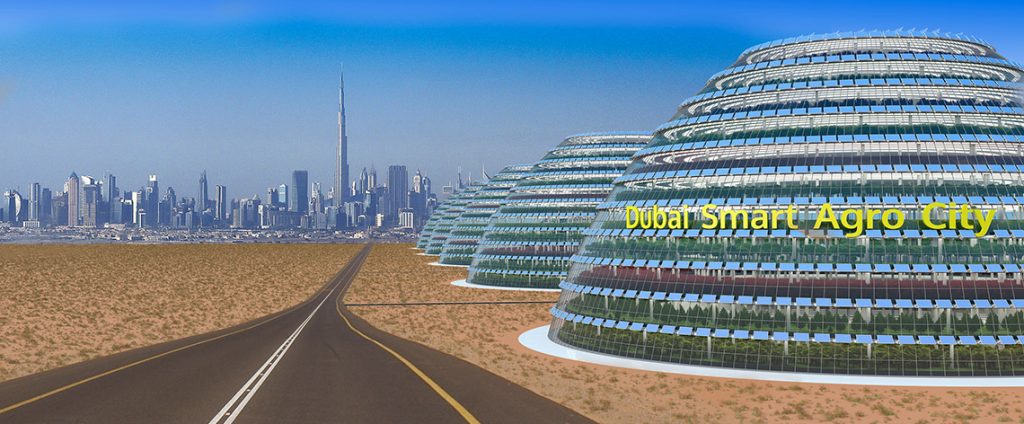 The Dubai Smart Agro City concept (Image credit)
The Dubai Smart Agro City concept (Image credit)
Measuring the “smart” opportunity
If you believe there is such a thing as a Smart Cities market, then you’ll like a report that says we’ve already reached $300 billion in revenue for it, growing to more than $757 billion by 2020.
The world’s economy stands at about $75 trillion, with national governments alone spending about 25% of that amount. State and local governments add significant amounts (as much as double) to that total.
So, even the seemingly optimistic figure above would represent only about 5 to 7% of non-federal spending in 2020. (The City of Chicago scrapes by on an annual budget of about $9 billion annually, more than $3,000 per person, for example.)
It thus seems smart to take a sharp look at Smart Cities and their potential to improve your life from a citizen’s standpoint and improve your business from a technology provider’s standpoint.
Further reading
- 2016–2017 Trends: Top 10 Issues of Enterprise IT
- 2016–2017 Trends: A “Varietal” Cloud and the PaaS Revival
- 2016–2017 Trends: Neo-AI and Neo-Luddism
- 2016–2017 Trends: Blockchain Proliferation
- 2016–2017 Trends: Industry 4.0
- 2016-2017 Trends: The Open-Source Ecosystem Is Universal



